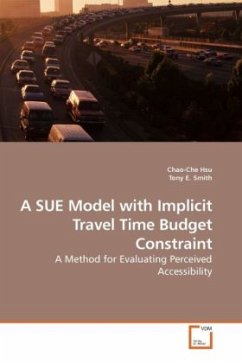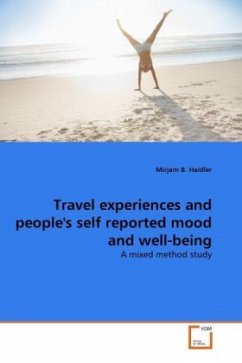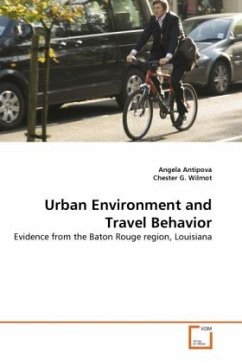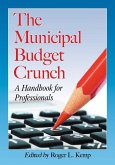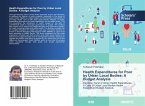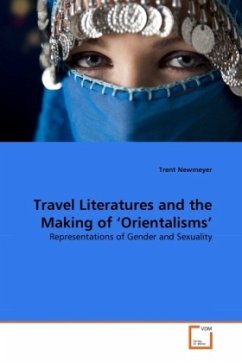This research aims to incorporate travel time constraint into the Stochastic User Equilibrium framework by means of a non-linear perceived travel time function. This modified model focuses primarily on discretionary travel behavior, and hence also allows the possibility of deferring travel decisions by incorporating an additional choice alternative, the Shop Less Frequently alternative. This model is compared to the traditional SUE model by means of simulated travel scenarios on a test network designed to reflect a range of practical planning situations. These simulations show when attractiveness levels are increased by the introduction of new shopping opportunities, the presence travel time constraints can lead to significantly smaller predicted travel volumes than the traditional SUE model. Travel to those shopping destinations with enhanced attractiveness can actually decrease for some origins. These findings suggest that when attempting to evaluate the impact of planning alternatives on future traffic patterns, it is vital to consider not only the cost of time itself but also the time tradeoffs between travel and other human activities.

